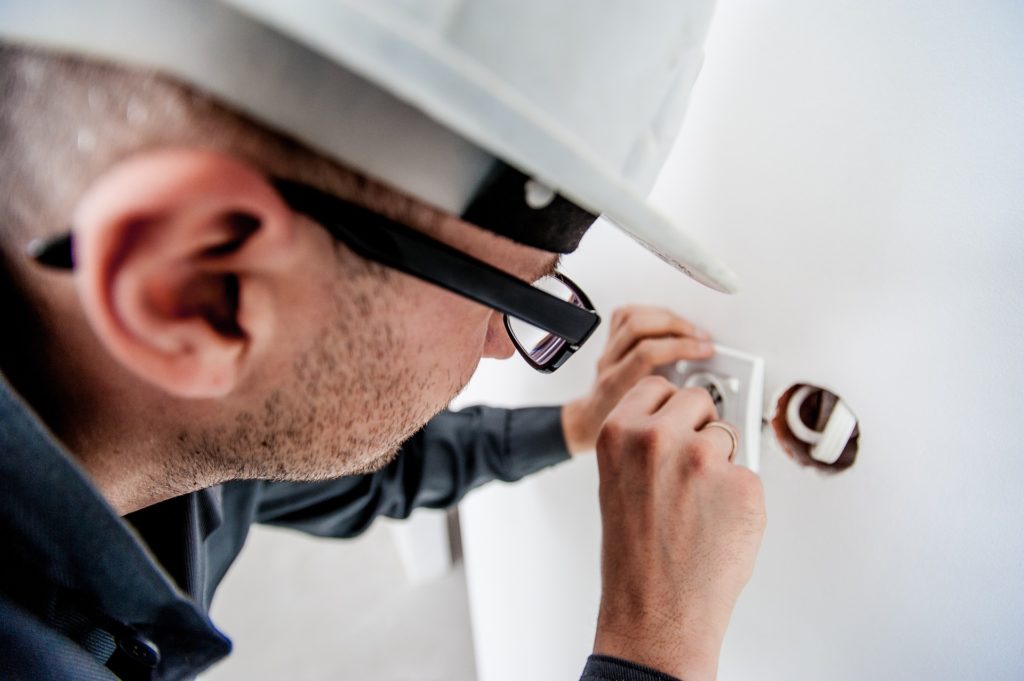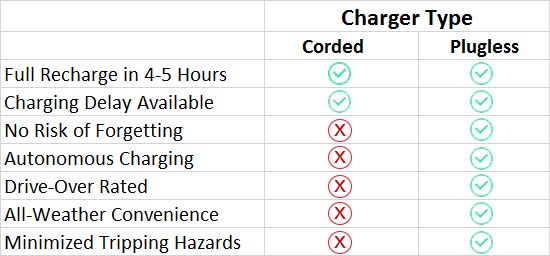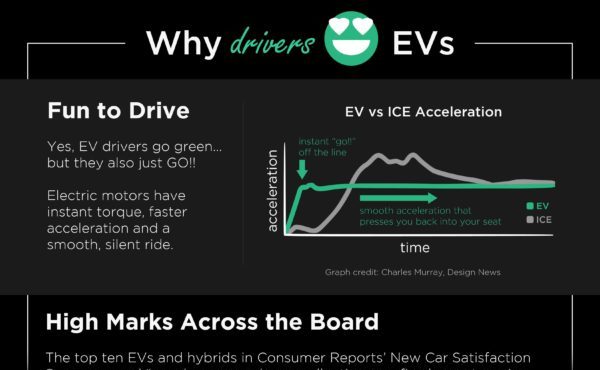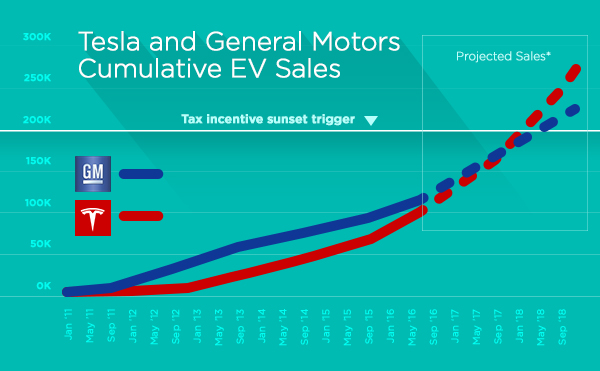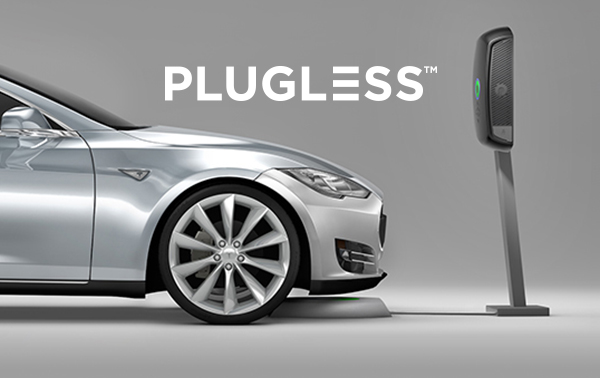How to Avoid Blowing Your Fuse (And Your Budget) on L2 EV Charger Installation
By Mia Yamauchi
3 Question Checklist To Avoid Blowing a Fuse While EV Charging
- Are you amped up (enough)? Your home likely pulls either 100 or 200 amps of current. Most EV chargers pull 30-50 amps of current. If the EV charger were the only thing on the whole panel you’d be fine either way. In reality, other appliances need amps, too. If your home has a 100-amp panel you likely need to upgrade to a 200-amp panel before using your Level 2 EV charger. A licensed electrician can do the job.
- Is there physically enough space on your panel? A high capacity panel won’t help you if every single circuit breaker is already wired up. An electrician can tell at a glance whether you have enough space.
- Do you have high enough voltage? Does the grid deliver the 240V of power you need for an EV charger? This question is a freebie. The answer is almost certainly “yes.” Virtually all homes in the US get 240V split phase service to the house. The reason most outlets are 120V is that they’re only wired to one half of the 240V service.
If you answered “yes” to all 3 questions: Great, Level 2 installation is likely to be pretty straightforward. If you already have a Level 2 outlet installed you can simply plug it in yourself. If you need a licensed electrician, keep reading to save money and hassle.
Also Read: The Ultimate Guide to Level 1, 2, 3 Charging for BMW i3
How to Avoid Paying for Electrical Work You Don’t Need
- “Bundled” charger + installation price? Be suspicious. If you already have a 200-amp panel and it has enough space, getting an extra 240 outlet installed is typically one of the simpler jobs an electrician will ever do. Don’t necessarily accept a “bundled rate” for the charger + installation. Get a free quote from an electrician you trust and shop around. Make sure they understand exactly what kind of work you need.
- Beware unnecessary permits. Level 2 chargers can be hardwired to your panel or simply plugged in to a 240V outlet. The Permit for hardwiring can be more expensive and complicated. Hardwiring is typically only required for outdoor charger installation. Indoors, it’s ideal to just plug in your charger. Choose a charger with a wall plug option if you’re going to be charging indoors.
- Does that quote include permits? Some installers cover permit costs, some don’t. Make sure quotes include any permit costs for an apples-to-apples comparison. Also know whether they’re going to handle the permitting process for you or not.
2 Types of Chargers to Choose Between: Plug-in or Plugless
- Plug-in chargers must be manually connected to your charging port each time you charge. If you forget, you will have limited e-driving range.
- Plugless chargers enable autonomous charging. A Vehicle Adapter receives energy over an air gap from the Parking Pad that sits on your driveway or garage floor. Your EV charges autonomously in your normal parking space. See Plugless charging.
| Plug-in EVSE (Manual) | Plugless EVSE (Autonomous) | |
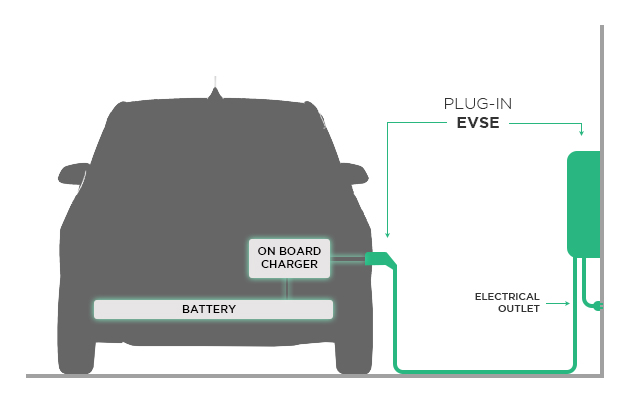 |
vs | 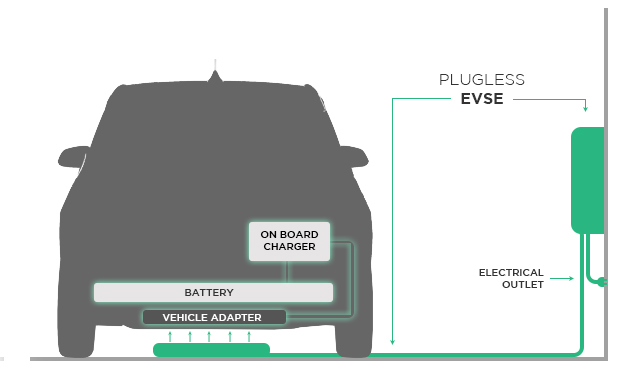 |
The key difference between Plugless and plug-in charging is the daily experience of electric vehicle ownership. Plugless permanently eliminates a range of persistent hassles and hazards caused by plugin charging systems. It is the last piece required for an electric driving experience that is truly superior to that of driving an ICE car.
What’s The Installation Difference? Plug-in vs. Plugless Chargers
- More freedom in charger location: The ideal location to install Plugless for i3 is anywhere in your line of sight as you pull in to park.
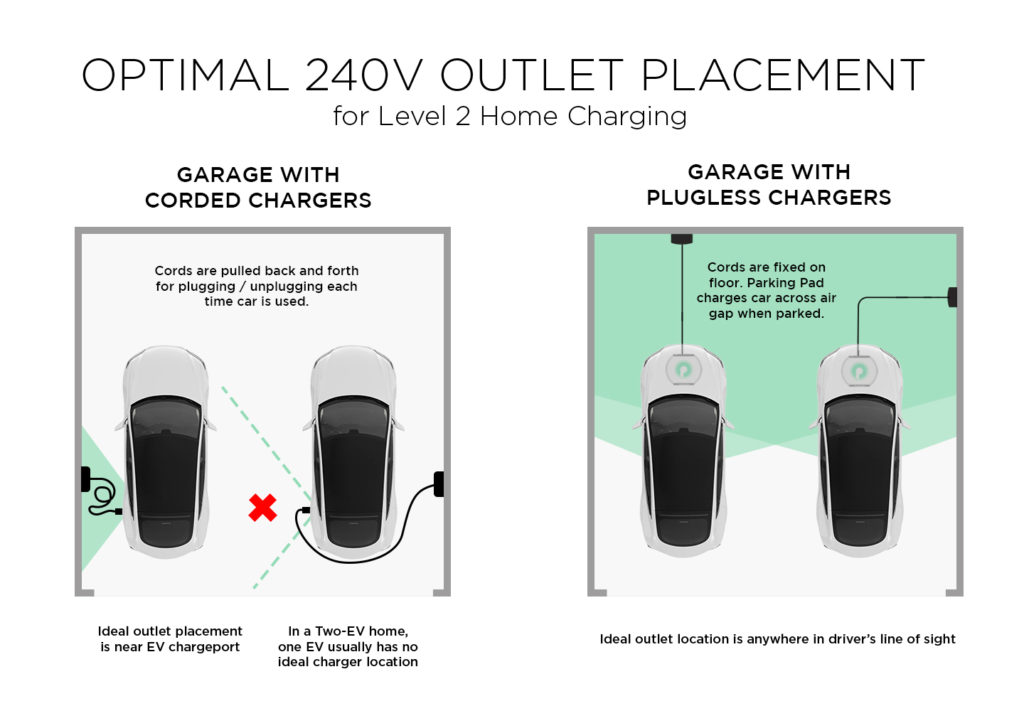 The Vehicle Adapter (VA) is installed on your EV to enable wireless charging by an authorized Plugless installer. Installation is included in the cost of the system and takes less than 2 hours.
The Vehicle Adapter (VA) is installed on your EV to enable wireless charging by an authorized Plugless installer. Installation is included in the cost of the system and takes less than 2 hours.
Plugless is a premium charger that delivers the ultimate convenience in EV ownership. If you do decide to go with a plug-in charger for now, just be sure your 240V circuit is rated for 50 amps. That keeps your option open to go Plugless in the future.
How to Know If A Level 2 Charger Is Really Worthwhile for You
Getting a Level 2 charger installed can feel like a lot of money. The bottom line is that Level 2 charger can help you get more enjoyment out of your awesome spaceship car. Remember, it’s a one-time home process that provides years of convenience. It future-proofs your home, and makes it easier to stay fully charged. If you go with a Plugless charger, it even lets your EV charge itself. The perfect charging setup literally takes everything you love about your EV to the next level.
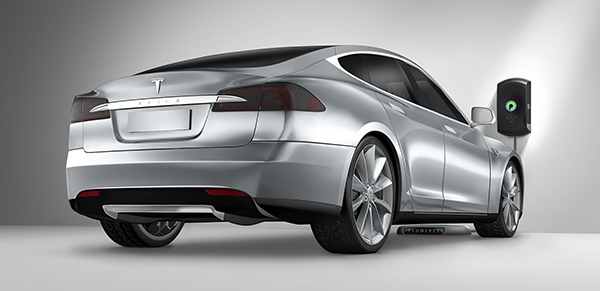
Still have questions about Level 2 chargers and installation?
Or call us at +1 (877) 573 8862
We love hearing from you and we’re happy to help. Charge on!

